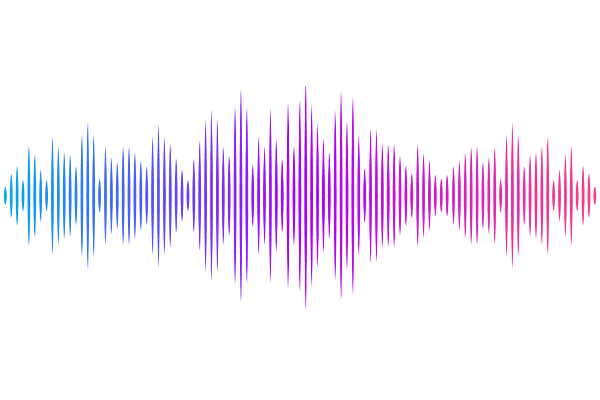Applying TDI to Hardware-Simulated Data

Applying TDI to Hardware-Simulated Data
Reid Ferguson, Olaf Hartwig, Guido Mueller
AbstractMany years of development have gone into producing instruments that meet the required noise performance of the LISA interferometric detection system. Concurrently, software simulations have been used to extensively develop the data analysis libraries to be used in the LISA pipeline, not least among which are the Time Delay Interferometry (TDI) algorithms. To bridge the gap between these two, we are developing a hardware-in-the-loop testbed to apply realistic, time-varying delays to signals traveling between phasemeters. We have shown that the testbed adds a sufficiently low amount of noise across the entire relevant LISA spectrum. We have also injected a realistic gravitational wave signal, generated via the LISA Data Challenge codebase, and successfully extracted it using TDI to remove the obscuring frequency noise of the carrier signal. Future efforts will expand the testbed to create a representative simulation of the entire LISA constellation, with an eye towards its use as a tool to aid in the development of the LISA data analysis pipelines.